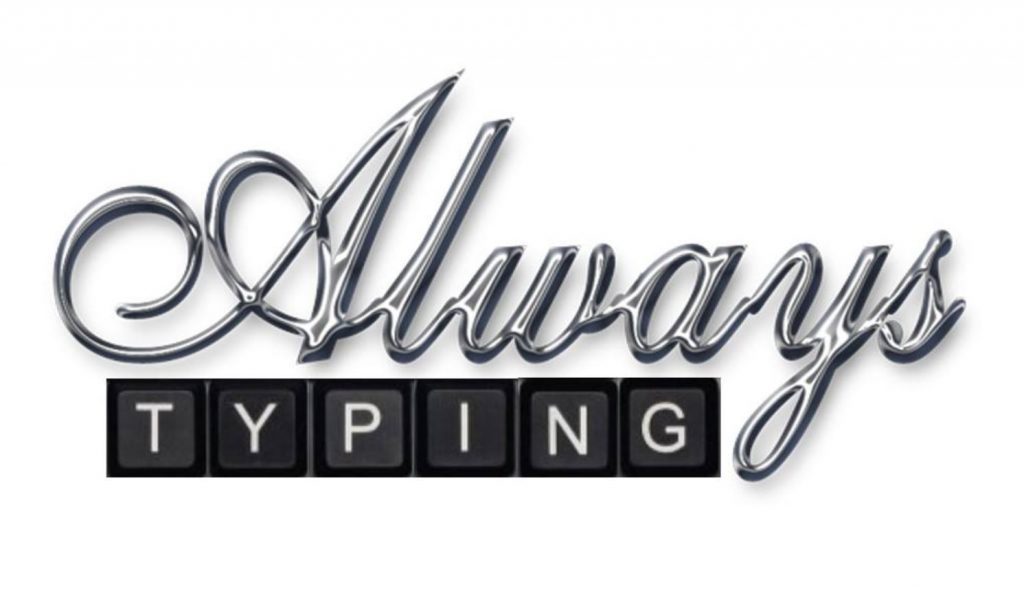What do you know about Applicant Tracking Systems (ATS)? Job seeking can sometimes be compared to throwing your resume into a black hole. You go through 100 listings on any job search website and complete the online application with zero results. Ever have that happen? The problem is that you’re probably not putting the correct […]
Receive a customized document tailored to your job target that will get you past the ATS and impress hiring managers. Each resume package comes with a 60-day interview guarantee.
What is the process?
Choose your package, answer some intake questions, collaborate with your writer, and apply for jobs. It’s that easy!

Professional Resume
Great for people with up to 10 years of experience seeking a position in any industry.

Executive Resume
Choose this option when the position you seek is considered upper management or has a 3-letter title (e.g., CEO, COO, CTO, CIO, CMO)

Curriculum Vitae
This service is for people who seek a position in academia or science as a professor or researcher where a record of your complete career history is necessary.

Federal Resume
If you are transitioning out of the military into a civilian job OR if you want to apply for a position on a site like USAJobs, this is the service for you.

LinkedIn Optimization
LinkedIn is almost as important as your resume. Be sure that it is properly optimized to improve your ranking in recruiter and hiring manager searches.




